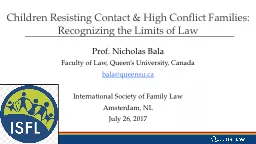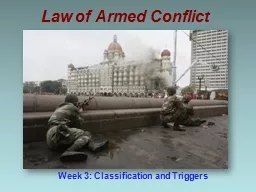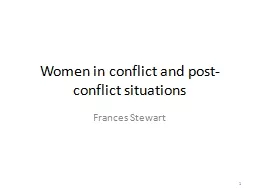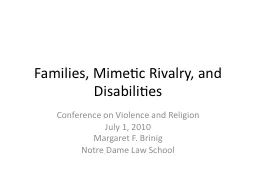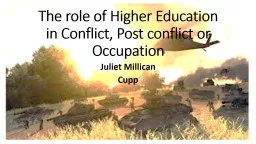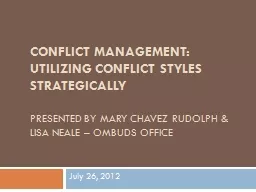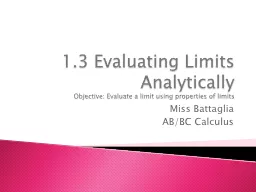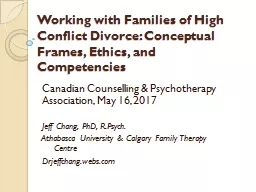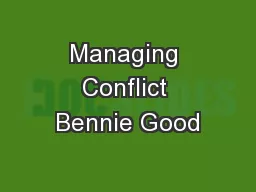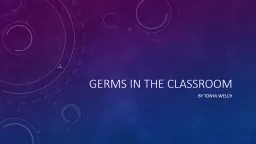PPT-Children Resisting Contact & High Conflict Families: Recognizing the Limits
Author : stingraycartier | Published Date : 2020-08-05
Prof Nicholas Bala Faculty of Law Queens University Canada b alaqueensuca International Society of Family Law Amsterdam NL July 26 2017 Themes Context Child Resisting
Presentation Embed Code
Download Presentation
Download Presentation The PPT/PDF document "Children Resisting Contact & High Co..." is the property of its rightful owner. Permission is granted to download and print the materials on this website for personal, non-commercial use only, and to display it on your personal computer provided you do not modify the materials and that you retain all copyright notices contained in the materials. By downloading content from our website, you accept the terms of this agreement.
Children Resisting Contact & High Conflict Families: Recognizing the Limits: Transcript
Download Rules Of Document
"Children Resisting Contact & High Conflict Families: Recognizing the Limits"The content belongs to its owner. You may download and print it for personal use, without modification, and keep all copyright notices. By downloading, you agree to these terms.
Related Documents

